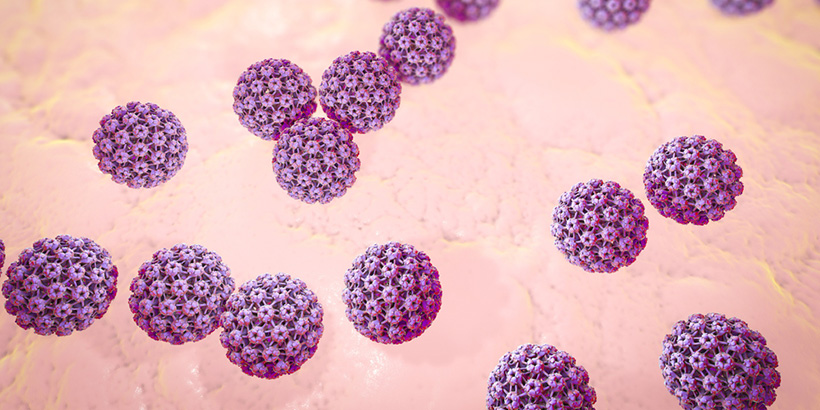Did you know that genital warts are the most common STD in the world? It’s thought that about 10% of the general population in the United States has been infected with the virus that causes genital warts at some point in their life. It can be quite distressing if you discover you have the symptoms of this chronic and recurring infection. To better understand how to approach and treat genital warts, it’s important to understand what they are and what causes them.

Causes & Symptoms
Genital warts are a sexually transmitted infection characterized by the formation of “bumps” or warts in the genital area. These warts are usually painless and may involve any areas of the vagina, vulva, and even the rectal area in women. In men, they may be found on or around the penis or in the rectal region. There may be one or many warts and they may vary in color from skin color to red or brown.
What causes these distressing lesions to develop? We now know genital warts are caused by the human papillomavirus, commonly known as HPV. HPV is not just a single virus. In fact, more than 75 different types of the HPV virus have been described so far. Some of them have the potential to become cancerous. Fortunately, most people infected with genital warts have the benign type of virus, meaning it won’t develop into cancer.

Persons infected with the HPV virus will have a history of sexual contact with an infected person. Sexual contact may occur months or even years before the development of genital wart symptoms. HPV tends to be a disease of young people with the prevalence being greatest in the late teenage years and during young adulthood.
The HPV virus tends to be highly contagious and is spread from person to person by skin contact between an infected person and his or her sexual partner. The virus usually enters the body by small breaks in the skin. Means of transmission can include any type of sexual contact, including genital, anal, or oral sex. The usual sequence of events after contact with an infected person is the appearance of single warts, clusters, or warts around the point of sexual contact at about 3-4 months after exposure. If oral sex has occurred, you may see the warts present in the mouth or throat, whereas if anal sex has occurred, the lesions will be observed in the anal area.
What should you do if you think you have genital warts? Do an STD test immediately to confirm the diagnosis. A medical professional can then discuss treatment options with you.
